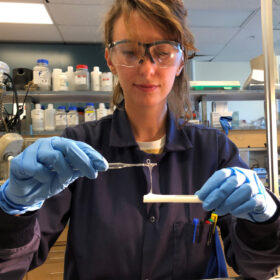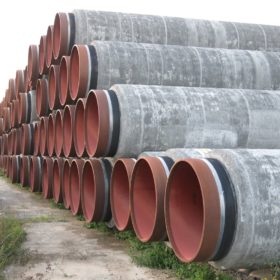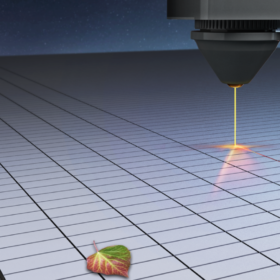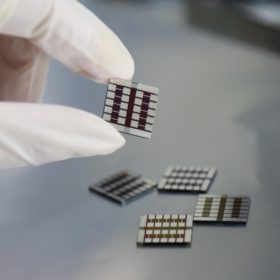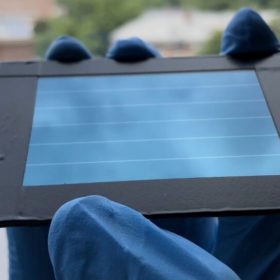Treatment promises 1000-hour stability for solar perovskites
Scientists in China and Canada have developed an additive that forms covalent bonds with the organic materials in a perovskite solar cell, leading to fewer defects and greatly reduced degradation. Cells treated with the additive maintained 98.6% of their initial performance after 1,000 hours in testing. Xlynx Materials, a company spun out of the University of Victoria in Canada, is making the material available for further commercial trials.
European energy without Russian gas
Scientists in Denmark have modeled the likely impacts of reduced gas supply on the European energy mix up to 2050. Their research finds that if the continent is to achieve the Paris Agreement goal of limiting global average temperature increase to 1.5 C, then gas consumption would need to be heavily reduced, anyway. In less ambitious climate scenarios, however, limited gas supplies could delay the phase-out of coal-fired electricity and lead to longer-term uncertainty over fuel and electricity prices.
Reverse bias – a hidden challenge for perovskite solar cell stability
New research from renowned PV scientist Martin Green and colleagues at UNSW reveals that perovskite solar cells may struggle to deal with reverse-bias caused by uneven shading or other issues likely to appear in the field. Both the reverse-bias itself and resulting build up of heat can cause several of the materials commonly used in perovskite solar cells to degrade, and these issues have received only limited attention in research published to date. Solutions, however, are at hand.
Focus on temperature to reduce LCOE, says new study
A new model to assess the role of module temperature in PV power plant economics, developed by scientists in Saudi Arabia, finds that keeping modules cool could be an even more effective strategy to increasing energy yield than pursuing further gains in cell efficiency. The model finds that reducing module temperature by three degrees has a similar impact on energy yield to a 1% increase in conversion efficiency.
A pinch of chili gives perovskites a kick
Scientists in China found that capsaicin, the natural compound responsible for a chili pepper’s spicy flavor, can also act as a ‘secret ingredient’ in perovskite solar cells, making them both more efficient and stable. The group added capsaicin to the precursor materials of a common perovskite, leading to dramatic improvements in the resulting solar cell.
‘Spontaneous de-doping’ for 17.8%-efficient perovskite mini-module
U.S. scientists have found a new ‘de-doping’ process in perovskite solar cells that could cut production costs and produce better devices. They have used this to fabricate a mini-module with 17.8% efficiency.
Lockdown and PV’s positive feedback loop
Scientists measuring air pollutants and PV performance in Delhi have found the lockdown conditions imposed in the Indian capital since late March have brought about a significant reduction in air pollution which has led to an 8% increase in solar irradiation reaching rooftop arrays.
Ultrathin, flexible solar cell with 13% efficiency
Researchers at Monash University in Australia have managed to develop a solar cell so ultralight and flexible that it could revolutionize the future of wearable tech.
